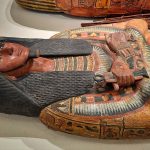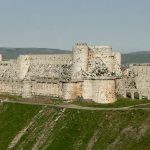The Myth of Osiris and Isis
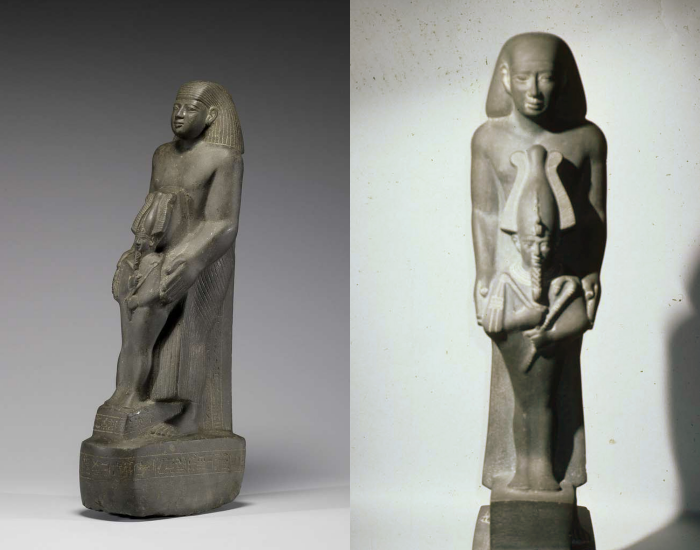
Statue of Harbes, also known as Psamtiknefer, son of Ptahhotep. Dated to 595–589 B.C., Late Period, Saite Dynasty. Now in the Metropolitan Museum of Art. The figure is shown presenting an offering to the god Osiris, likely intended as a votive dedication to a temple.
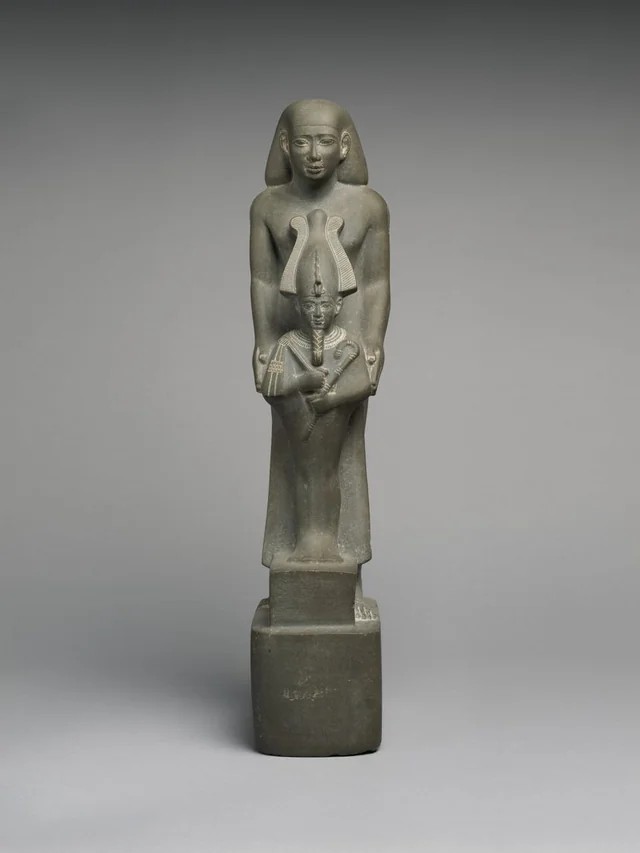
Osiris, god of the dead, was the eldest child of Geb, the earth god, and Nut, the sky goddess. His sister and wife was Isis, the goddess of motherhood, magic, fertility, death, healing, and rebirth. According to tradition, their love was so strong that it began even before birth, in their mother’s womb. By the New Kingdom, Osiris was revered as ruler of the underworld—the realm of the Afterlife.
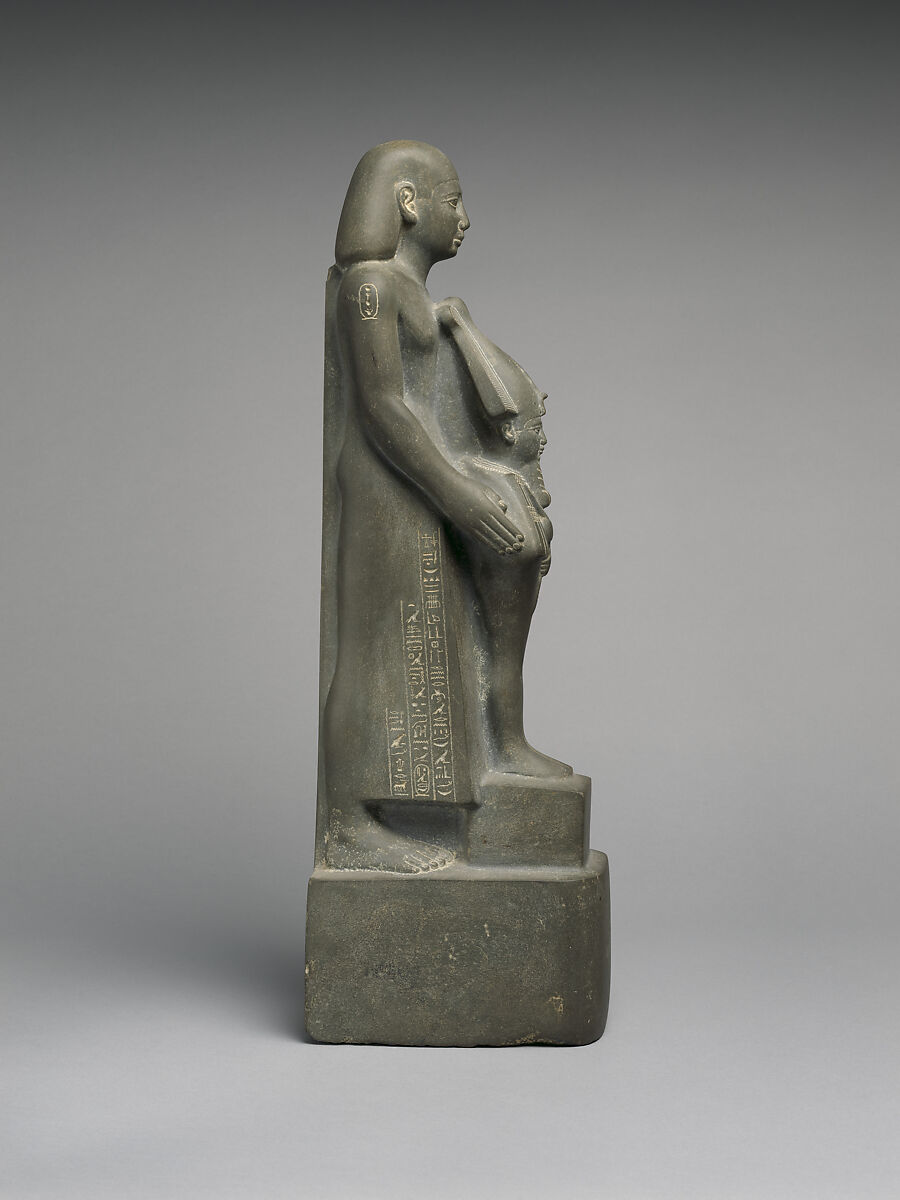
Before becoming lord of the Afterlife, Osiris was said to have ruled Egypt. He taught people agriculture, established laws, and introduced civilization itself. Yet his brother Seth, consumed by jealousy, murdered him and cut his body into pieces, scattering them across Egypt. With Osiris gone, Seth seized the throne and took his sister Nephthys as his wife. But Nephthys pitied Isis, who mourned endlessly for her lost husband.
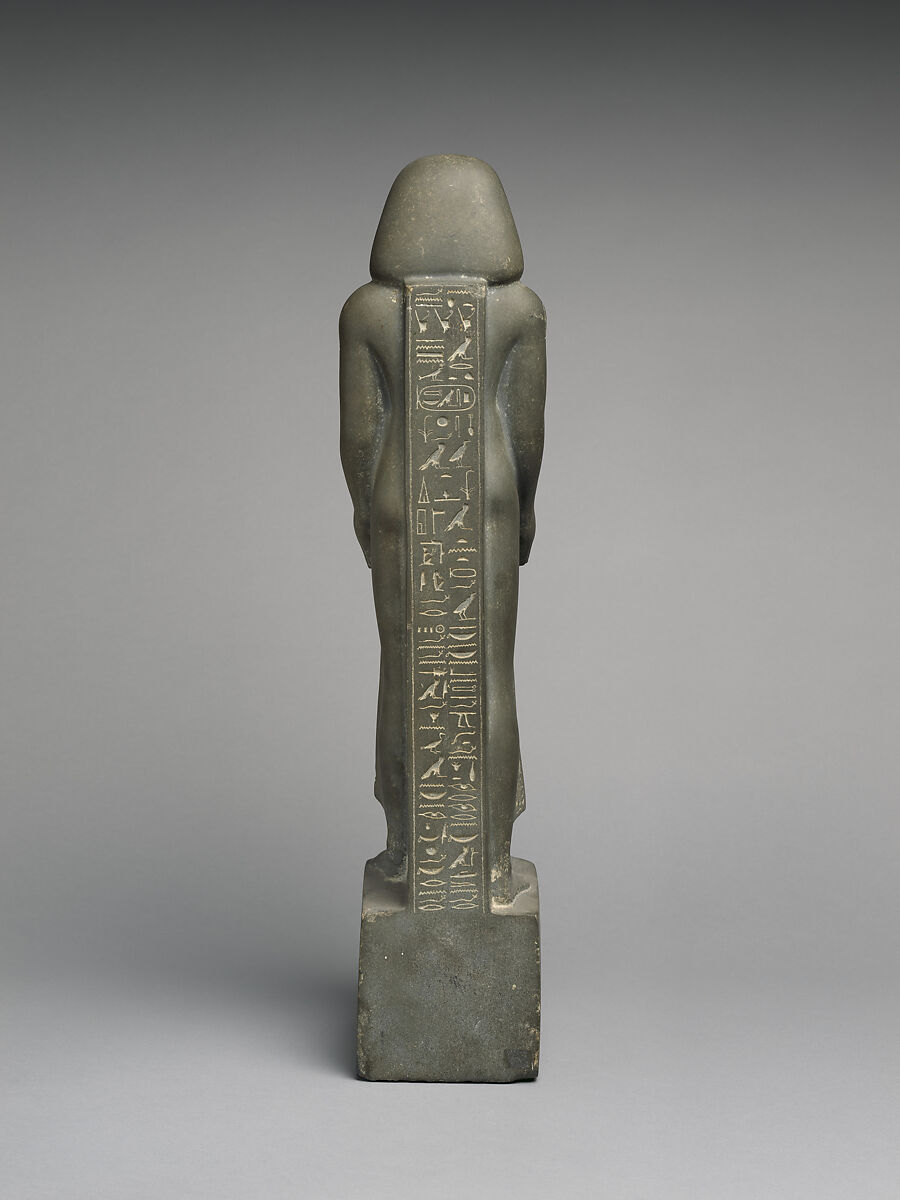
Determined to restore him, Isis—possessing great magical power—set out with Nephthys to recover Osiris’s body parts. Together they reassembled him, binding his remains with linen wrappings. With her magic, Isis breathed life back into him, reviving him long enough for them to be reunited. From this union, Isis miraculously conceived a son: Horus.
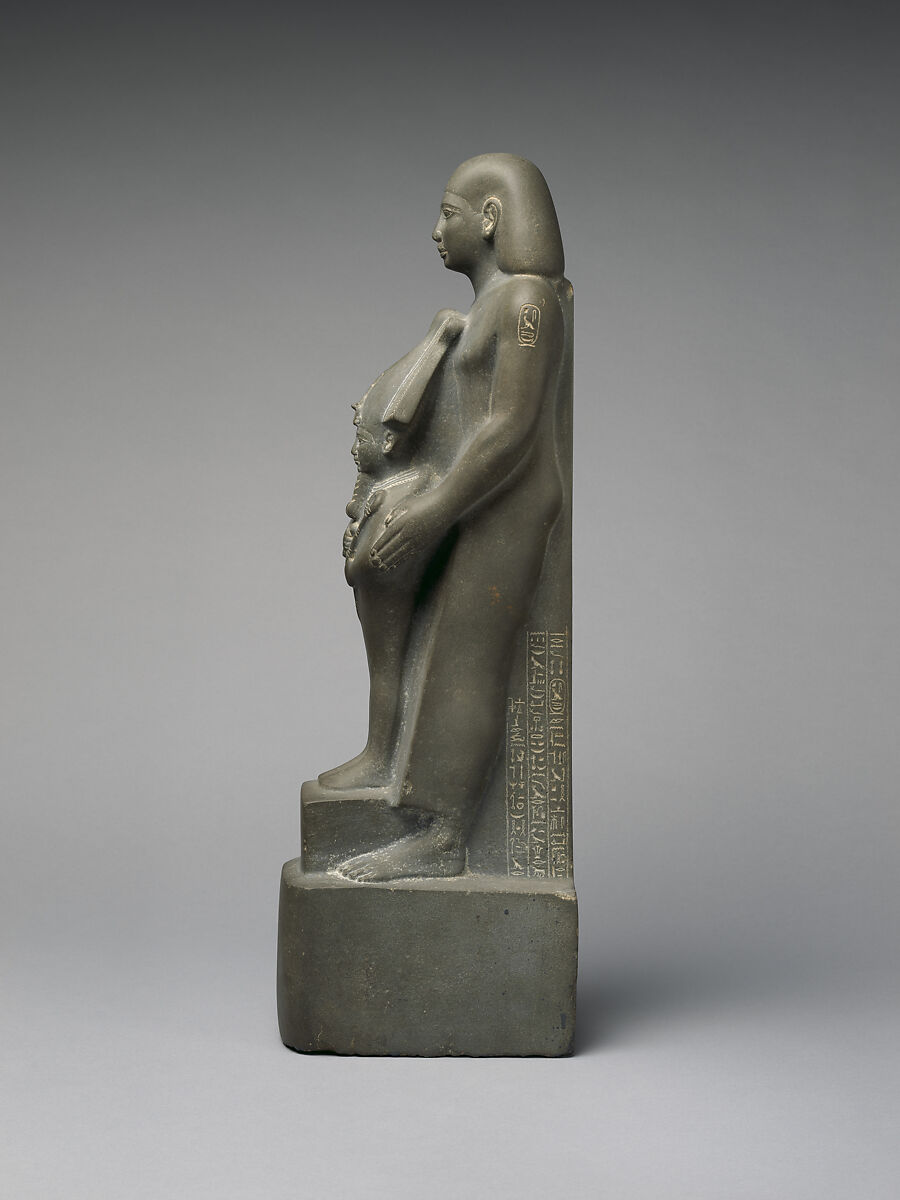
Afterward, Osiris descended into the underworld, where he reigned forever as its lord.



